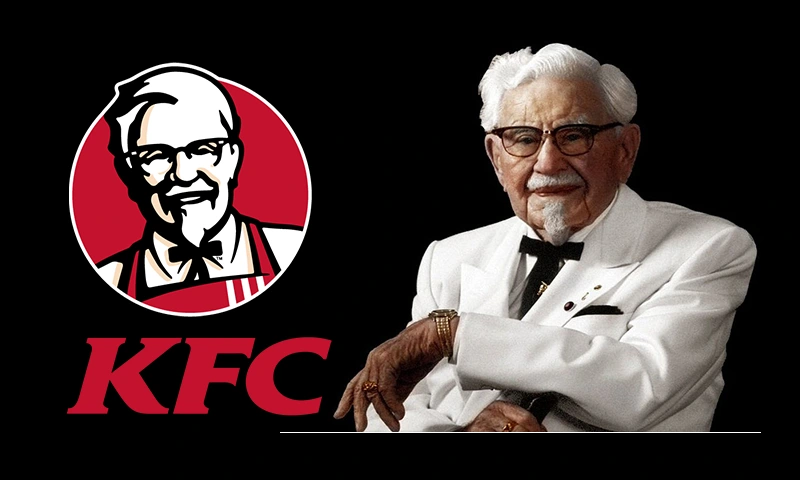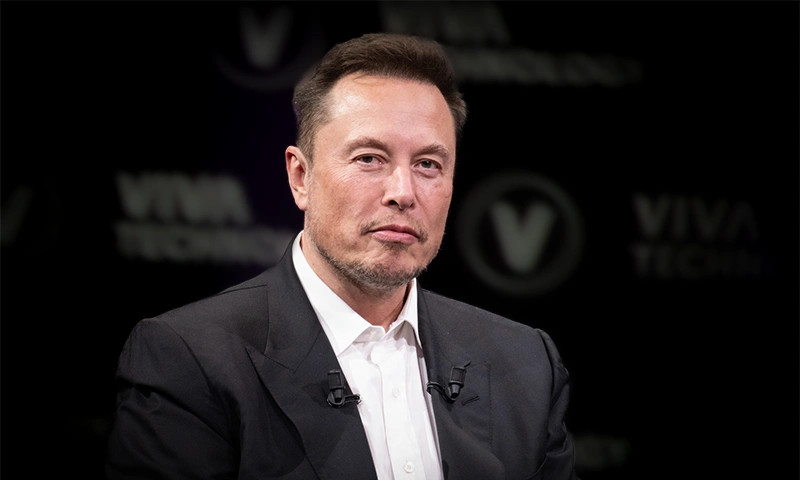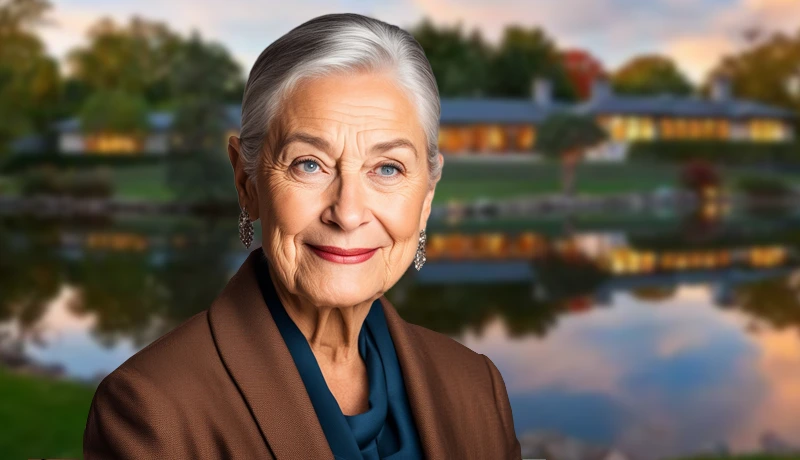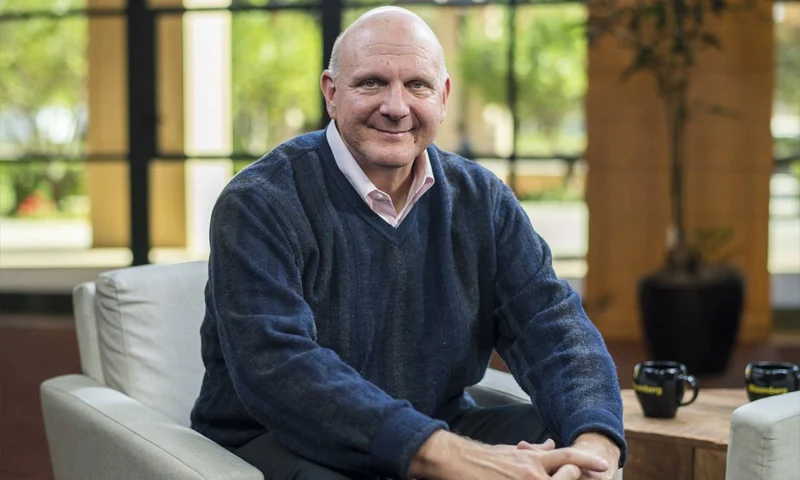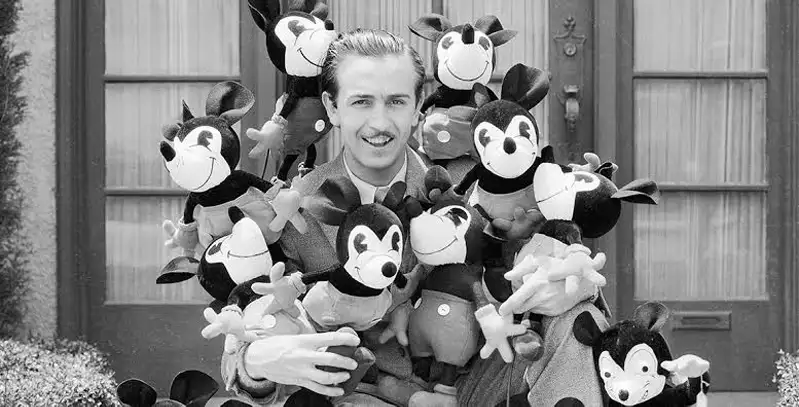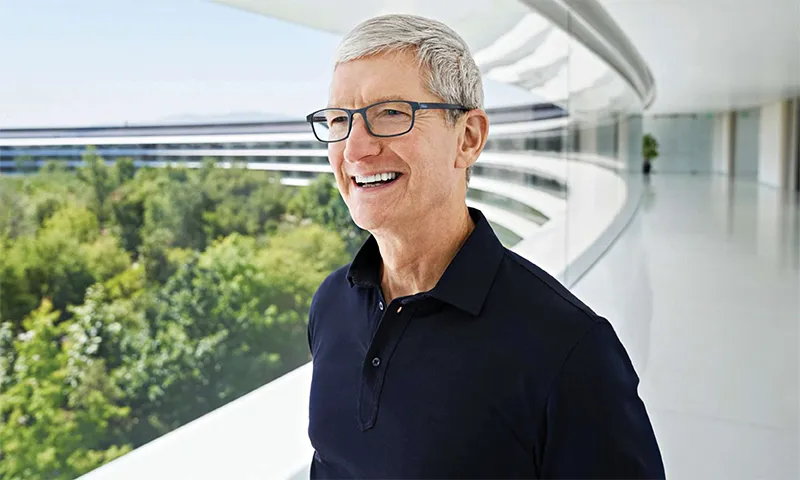Behind the Scenes of KFC: How Colonel Sanders’ Vision Became Reality
According to what they told me, Kentucky Fried Chicken or KFC is one of the most recognized brands in fast-food worldwide. KFC has become a household name synonymous with tasty fried chicken dishes like no other thanks to its trademarked red-and-white emblem that is simple yet so iconic; an exquisite mix of 11 herbs and spices whose recipe remains secret to this day; and the characteristic portrait of Colonel Harland Sanders. But it is out of the outside crumbliness that we find a tale of stubbornness, fantasy, as well as an infinite chase for excellence. Within these lines lies a compelling account about Colonel Sanders’ other life changing moments leading to his unfavorable ending in KFC from what was just a simple roadside eating joint.
Colonel Harland Sanders’ Initial Days
Colonel Harland Sanders was born on 9th September 1890, Henryville, Indiana. He had a tough early life for sure. At the age of six, his father passed away unexpectedly and so he had to take care of his younger brothers and sisters while their mother worked. This experience with cooking will be crucial for later endeavors.
Sanford was engaged in several professions throughout his life: a farmhand, streetcar conductor or even a railroad fireman. But it was not until he reached his forties that he realized what he wanted to do: cook food. During this period, Sandera came up with an original recipe for fried chicken which later became an integral part of KFC.
The Birth of the KFC Recipe
The path to making the KFC recipe as great as possible was not fast nor easy. After years of trial and error with various methods and seasoning mixtures, Sanders finally found his perfect mix of 11 herbs and spices. Today this secret recipe is among the most protected trade secrets in food industry.
In 1930, Sanders began a small petrol station in Corbin, Kentucky where he fed travelers. His fried chicken caught many people’s attention hence creating a buzz about Sanders’ cooking that reached far and wide attracting visitors just for a taste alone. By 1936, it had turned into a fully-fledged restaurant and governor recognized Sanders’ contribution to state’s culinary scene by awarding him the title of Kentucky Colonel.
The Obstacles and Difficulties
Notwithstanding his successes with cooking, Sanders encountered numerous hardships in his endeavor to establish a fried chicken empire. The Great Depression, World War II and a catastrophic fire that razed his restaurant were just some of the hurdles he faced. However, Sanders maintained his resolve all through.
Starting from the 1950s onwards, as people turned away from colonel Sanders’s eatery due to interstate highways, Sanders started facing a decline in business. With bankruptcy looming large over him, Sanders sold off his property and set on the move with an aim of franchising his fried chicken recipe.
The Franchise Model and Expansion of KFC
Colonel Sanders’ decision to franchise his recipe marked a turning point in KFC’s history. He walked around different parts of the country cooking batches of chickens for restaurant owners who would then be paid small percentages when they put it on their menus. This technique was highly efficacious and by mid-1960s there were over 600 KFC franchises spread across USA and Canada.
Everything else in his life being equal, as they say, Sanders was a perfectionist whose fight against mediocrity extended to every single one of KFC’s franchises. He trained every franchisee himself; there was no exception from his rigid guidelines on food preparation, not just for KFC outlets but even other non-franchise restaurants known for using other cooking styles.
In 1964, Colonel Sanders sold KFC for $2 million at age 74 years old to a group of investors led by John Y. Brown, Jr., and Jack C. Massey. Even though he did not own the restaurant chain anymore, Sanders continued to be associated with it through endorsements until 1980 when he passed away.
Whilst the sale show that Sanders remained greatly engaged in the maintainance of KFCs product quality. This included numerous unscheduled visits to different KFC outlets where he would check not only foods but also services provided before going ahead to provide his candid views. The hallmark of Sanders commitment for high quality led to successes that still revolve around this particular brand – Kentucky Fried Chicken..
The worldwide extension of KFC
After KFC was sold, the new owners initiated a global expansion strategy that was very aggressive. By the end of the 1960s, KFC had opened its first international locations in Canada, the United Kingdom, and Jamaica. The brand’s stronghold expanded rapidly across continents; currently, more than 24,000 outlets are owned by KFC across 150 countries.
KFC’s ability to tailor its products according to different tastes is largely responsible for its success in various foreign markets even though it has kept its original intense flavors. For instance, in Japan on Christmas Day people associateColonel Sanders with Christmas celebrations where everyone would queue at his restaurant looking for an ideal traditional meal on that special holiday. In India however KFC ensures it serves some vegetarian dishes because of their varied diets.This is what makes KFC so popular globally.
How KFC succeeds through innovation
The success of KFC over time is mainly due to innovation. For instance, the pressure fryer that was introduced to fry chicken faster without compromising taste or moisture quality and developments like Zinger burger and Popcorn Chicken are just some of the menu changes made by KFC.
More than that, KFC has utilized new technology such as mobile ordering and home delivery services as well as rewards programs so as to attract more customers. In this way, it stays relevant in a highly competitive fast food industry through its fervent desire for change while retaining its corporate identity.
Is KFC’s Secret Recipe A Myth or A Reality?
The secret recipe containing 11 herbs and spices is among the most captivating facets of the KFC history. Over the years, there have been many attempts to crack this code but with varying degrees of success. In 2016, a hand-written recipe, possibly belonging to Colonel Sanders, surfaced igniting speculation that the secret was finally out.
However, KFC has never come forth with either a confirmation or a denial about this particular recipe’s authenticity and insists that its original blend is still kept in utmost secrecy. The enigma surrounding the recipe has added to KFC’s mystique and made it one of the world’s most well-known and long-lasting food enigmas.
KFC’s Cultural Influence
There is more to KFC than fast food. Aside from being an easy lunch option, Colonel Sanders has transcended mere entrepreneurship representing an entire nation’s drive towards fortune. His white suit and bowties are a trademark worldwide and appear frequently on TV series, films or commercials as motifs.
KFC has indeed helped make fried chicken known globally. A lot of areas use KFC to get their first taste of American-style fried chicken while at the same time promoting local cuisines that specialize into frying chickens only.
Conclusion
KFC’s story speaks something about vision, perseverance and innovation. Colonel Harland Sanders went from being a little town cook to launching the largest fast food empire worldwide; his journey is inspiring in so many ways. With his commitment towards balance, Sanders realized this objective, establishing a recognizable trademark that has existed for over eighty years.
KFC reminds us all that anything worth having takes time and effort along with hard work; there’s no better testament than its existence today. Even though it still expands and modernizes, the imprint Colonel Sanders left serves as a source of inspiration for future business people who shall carry on zealously pursuing their goals.

